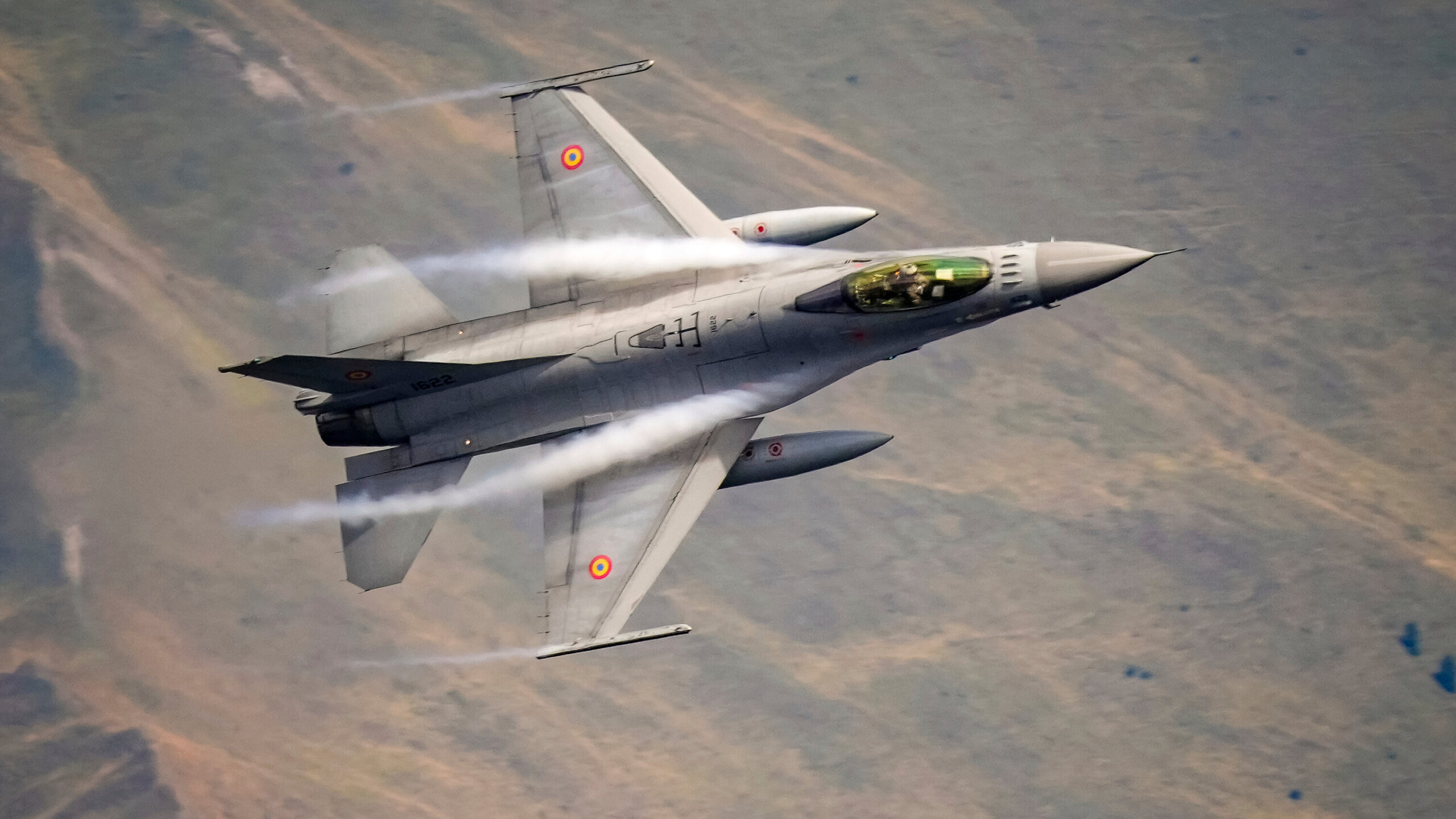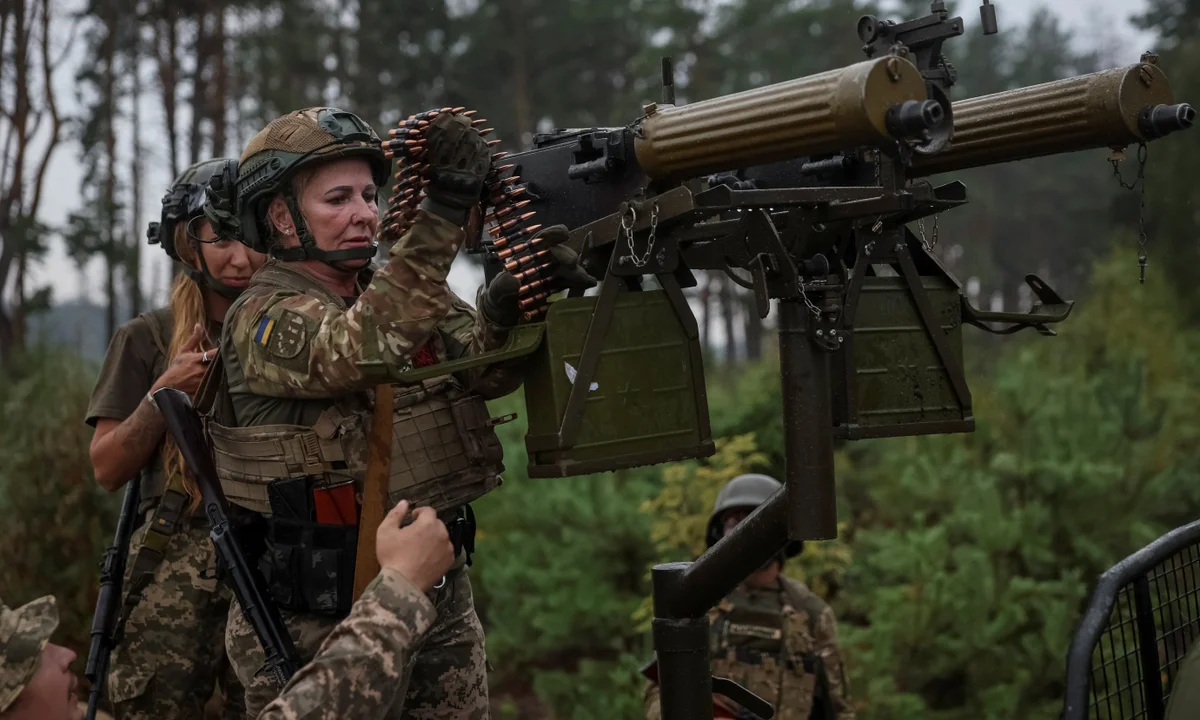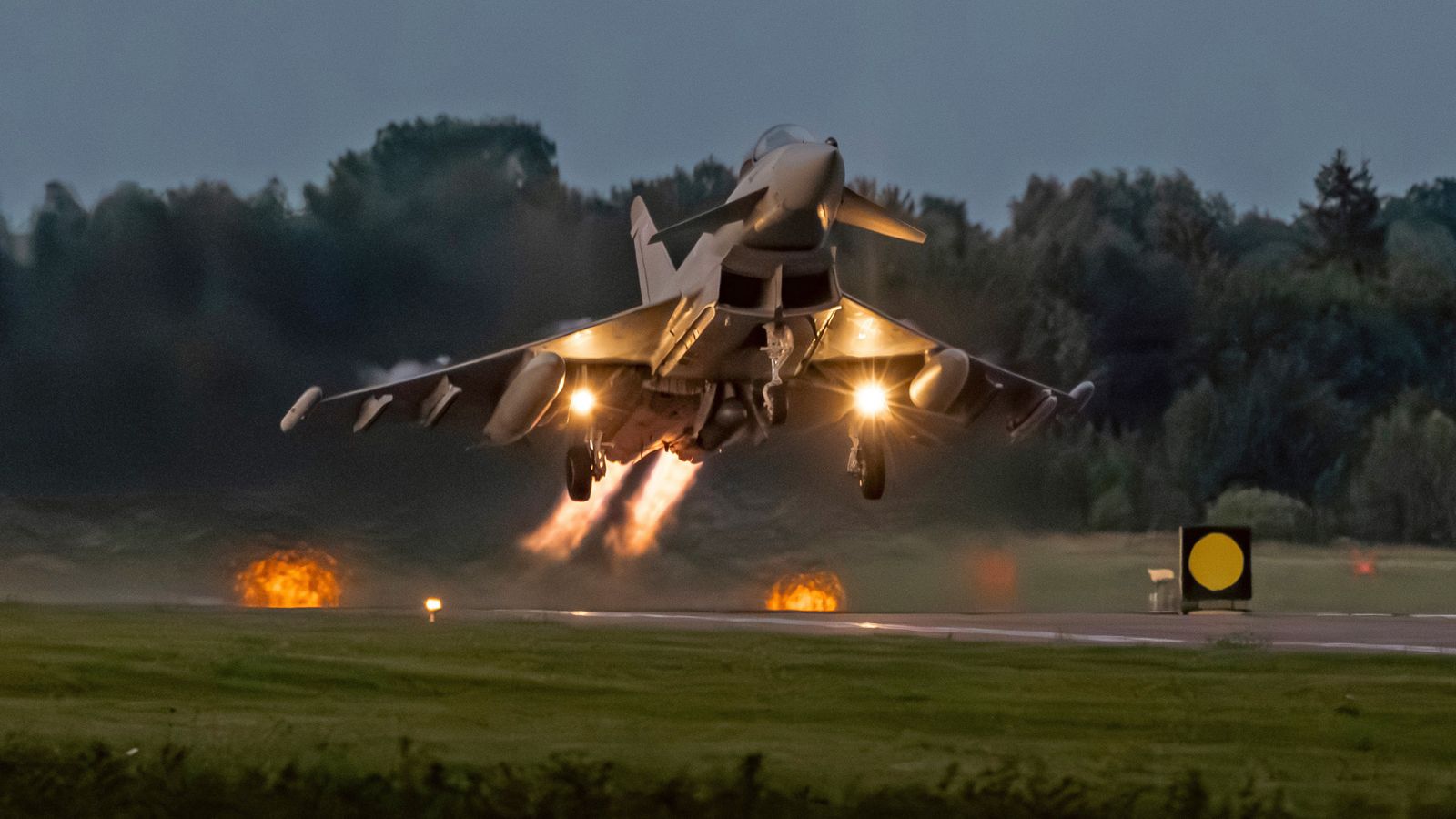A New Threat Emerges Over the Black Sea
The Black Sea region, a geopolitical hotspot for centuries, is once again under strain. On September 14, 2025, Romania’s Ministry of Defense reported a Russian “Geran” drone breaching its airspace for approximately 50 minutes, marking the 10th such incursion since Russia’s invasion of Ukraine in February 2022. This incident, coupled with similar violations in Poland, has raised alarms across NATO’s eastern flank, signaling a new challenge to regional security. Romania, a steadfast NATO and EU member, finds itself at the forefront of this escalating crisis, navigating a delicate balance between deterrence and diplomacy.
Understanding the Russian Drone Incursions
What Are These Drones and Why Are They a Problem?
Russian “Geran” drones, often linked to Iranian-designed Shahed models, are low-cost, long-range unmanned aerial vehicles used primarily for reconnaissance and strikes. Their incursion into Romanian airspace, particularly near the Ukrainian border, is seen as a deliberate test of NATO’s defenses. These drones, capable of lingering for extended periods, expose vulnerabilities in radar coverage and air defense systems, raising concerns about potential escalation in an already volatile region.
How Did the Latest Incident Unfold?
On September 13, 2025, a Russian drone entered Romanian airspace near Chilia Veche, close to the Danube River, which forms part of the Romania-Ukraine border. Two Romanian F-16 jets, supported by German Eurofighter Typhoons, tracked the drone as it orbited for 50 minutes before exiting toward Ukraine. The Romanian Defense Ministry noted that the drone posed no immediate threat to civilians, but its presence underscored Russia’s disregard for international norms.
Why Romania? A Geopolitical Perspective
Romania’s strategic position along the Black Sea, adjacent to Ukraine, makes it a prime target for Russian provocations. The Black Sea is a critical maritime corridor for trade and energy, and Russia’s actions appear aimed at destabilizing NATO’s eastern flank. Experts, including retired Romanian Lieutenant General Virgil Balaceanu, suggest Russia is probing Romania’s intelligence and early warning systems, testing the alliance’s resolve without triggering a full-scale response.
The Broader Implications for Black Sea Security
A Region on Edge
The Black Sea has long been a theater of competing interests, with Russia, Ukraine, and NATO vying for influence. Recent drone incursions amplify tensions, particularly as Russia intensifies attacks on Ukrainian ports along the Danube. Romania’s Defense Ministry condemned these actions as a “new challenge to regional security and stability,” highlighting the risk to both national and NATO collective security.
NATO’s Response: Strengthening the Eastern Flank
NATO has responded with increased vigilance, launching the “Eastern Sentry” operation to counter Russian incursions. This initiative includes deploying advanced aircraft like F-35s and F-16s, alongside helicopters, to patrol Eastern European airspace. Romania has also bolstered its air defenses and is advocating for a stronger NATO presence in the Black Sea to deter further violations.
The Risk of Escalation
While the drone in the latest incident was unarmed, the potential for miscalculation looms large. A single misstep—such as a drone crashing in a populated area or being mistaken for an attack—could escalate tensions into a broader conflict. Ukrainian President Volodymyr Zelenskyy described these incursions as an “obvious expansion of the war,” urging tougher sanctions and collective defense measures.
Romania’s Defense Posture: Preparedness and Challenges
Romania’s Air Defense Capabilities
Romania’s air defense system, bolstered by NATO allies, includes F-16 jets and advanced radar systems. In February 2025, Romania passed legislation allowing its forces to shoot down intruding drones, reflecting growing concerns over airspace violations. However, the decision not to engage the recent drone due to collateral risks highlights the complexities of responding to low-flying threats.
Challenges in Countering Drone Threats
- Low Altitude Flight: Drones like the Geran operate at low altitudes, making them harder to detect and intercept.
- Proximity to Conflict Zones: Romania’s border with Ukraine increases the risk of spillover from Russian attacks.
- Diplomatic Constraints: Engaging a drone risks escalating tensions with Russia, a nuclear power.
- Resource Strain: Constant monitoring and scrambling jets strain military resources and budgets.
Romania’s Strategic Response
Romania has ramped up joint military exercises with NATO allies, including Germany, to demonstrate preparedness. The summoning of Russia’s ambassador to Bucharest on September 14, 2025, signaled Romania’s firm stance against these provocations. Foreign Minister Oana Toiu announced plans to raise the issue at the UN General Assembly, advocating for stricter international sanctions.
Comparing Romania and Poland’s Experiences
Similarities in Russian Drone Incursions
| Aspect | Romania | Poland |
|---|---|---|
| Date of Recent Incident | September 13, 2025 | September 9, 2025 |
| Duration of Incursion | ~50 minutes | Several hours, multiple drones |
| Response | F-16 jets tracked, no shots fired due to collateral risks | F-16s and helicopters shot down 3–4 of 19 drones |
| Official Reaction | Condemned as a “new challenge” to Black Sea security; ambassador summoned | Described as “provocations”; highest state of readiness declared |
| NATO Involvement | German Eurofighters supported monitoring | F-35s, helicopters deployed; Czech helicopters sent as reinforcement |
Key Differences
- Scale of Incursion: Poland faced a larger incursion with 19 drones, some traveling hundreds of miles, compared to Romania’s single drone event.
- Engagement: Poland shot down several drones, while Romania opted for monitoring to avoid escalation.
- Geographic Focus: Romania’s incidents are tied to Black Sea security, while Poland’s are more broadly linked to NATO’s eastern border.
Poland’s Foreign Minister Radosław Sikorski noted that the drones in their airspace were unarmed, suggesting a deliberate test rather than an attack. Romania’s cautious approach reflects its proximity to the conflict and the need to balance deterrence with de-escalation.
Pros and Cons of Romania’s Current Strategy
Pros
- Diplomacy-First Approach: Summoning Russia’s ambassador and raising the issue at the UN avoids immediate military escalation.
- NATO Collaboration: Joint exercises and support from allies like Germany strengthen Romania’s position.
- Public Safety Prioritized: Avoiding engagement with the drone minimized risks to civilians.
Cons
- Perceived Weakness: Not shooting down the drone may embolden further Russian provocations.
- Resource Drain: Continuous monitoring and jet scrambles strain Romania’s defense budget.
- Limited Deterrence: Without a stronger response, Russia may continue testing NATO’s resolve.
The Human Element: Stories from the Ground
Imagine being a farmer in Tulcea County, near Romania’s border with Ukraine. One evening, you hear the distant hum of a drone, followed by the roar of fighter jets overhead. It’s a chilling reminder of how close the war is. Locals in these border regions live with constant unease, knowing that fragments of Russian drones have previously landed on Romanian soil. In July 2023, debris from a suspected Russian drone was found near the Ukrainian border, heightening fears of accidental escalations. These incidents aren’t just military statistics—they’re deeply personal for communities living in the shadow of conflict.
On a lighter note, some Romanians have taken to social media with gallows humor, joking about “Russian drones taking scenic tours of the Black Sea coast.” But beneath the quips lies real anxiety about what these incursions mean for their safety and the region’s future. This blend of resilience and concern reflects Romania’s broader struggle to maintain stability in a turbulent geopolitical climate.
People Also Ask (PAA)
What are Russian Geran drones?
Geran drones, often based on Iranian Shahed designs, are low-cost, long-range UAVs used by Russia for reconnaissance and attacks. They are difficult to detect due to their low-altitude flight and pose a significant challenge to air defense systems.
Why is the Black Sea region strategically important?
The Black Sea is a vital hub for trade, energy, and military operations. Its control influences maritime routes and regional power dynamics, making it a focal point for Russia, Ukraine, and NATO.
How is NATO responding to Russian drone incursions?
NATO has launched the “Eastern Sentry” operation, deploying advanced aircraft and increasing patrols along its eastern flank to deter further violations and strengthen collective defense.
What tools can Romania use to counter drone threats?
Romania relies on F-16 jets, radar systems, and NATO support. Emerging technologies like anti-drone systems from companies such as Dedrone or DroneShield could enhance its capabilities.
Tools and Resources for Monitoring Drone Threats
For those interested in tracking or countering drone threats, several tools and services are available:
- Dedrone: Offers drone detection and countermeasure systems, ideal for securing airspace near borders. Learn more.
- DroneShield: Provides AI-based drone detection for military and civilian use. Explore here.
- FlightRadar24: A public tool for tracking aircraft, including military jets scrambled in response to incursions. Visit site.
These tools can help governments and civilians stay informed and prepared, though military-grade systems are typically restricted to official use.
The Path Forward: Romania’s Role in Regional Stability
Strengthening Air Defenses
Romania must continue investing in advanced radar and anti-drone technologies to counter low-flying threats. Collaborating with NATO allies to share intelligence and resources will be critical. The recent deployment of German Eurofighters is a step in the right direction, but more robust systems are needed.
Diplomatic Pressure
Romania’s decision to raise the issue at the UN General Assembly is a strategic move to garner international support. By framing Russia’s actions as a violation of international law, Romania can push for stricter sanctions and global condemnation, potentially deterring further incursions.
Public Awareness and Preparedness
Educating citizens about the risks of drone incursions, without causing panic, is essential. Romania could develop public safety campaigns, similar to those used during Cold War-era tensions, to ensure communities near the border are informed and resilient.
FAQ
Why are Russian drones entering Romanian airspace?
Russian drones likely enter Romanian airspace to test NATO’s defenses, probe radar coverage, and destabilize the region. Some experts suggest these incursions may be intentional provocations, while Russia claims they are accidental or provoked by Ukraine.
How is Romania responding to these incursions?
Romania has scrambled F-16 jets, summoned Russia’s ambassador, and condemned the actions as threats to Black Sea security. It is also advocating for stronger NATO presence and UN sanctions.
Could these incidents lead to a larger conflict?
While the risk of escalation exists, Romania and NATO’s cautious responses aim to avoid direct confrontation. However, repeated incursions could lead to miscalculations, especially if a drone causes unintended damage.
What can civilians do to stay safe during drone incursions?
Civilians should stay informed through official channels, avoid restricted airspace areas, and report suspicious drone activity to authorities. Tools like FlightRadar24 can help monitor regional air activity.
Are there technologies to counter drone threats?
Yes, anti-drone systems like Dedrone and DroneShield use AI and radar to detect and neutralize unauthorized drones. These are primarily used by militaries but are increasingly available for civilian applications.
Conclusion: A Call for Vigilance and Unity
Romania’s experience with Russian drone incursions underscores the fragility of Black Sea security and the broader challenges facing NATO’s eastern flank. As a frontline state, Romania must balance military readiness with diplomatic finesse, all while reassuring its citizens and allies. The international community, led by NATO and the EU, must respond with unity and resolve to deter further provocations. For now, the skies over Romania remain a contested space, a stark reminder that peace in the Black Sea region hangs by a thread. By staying vigilant and collaborative, Romania can help ensure that thread holds strong.




